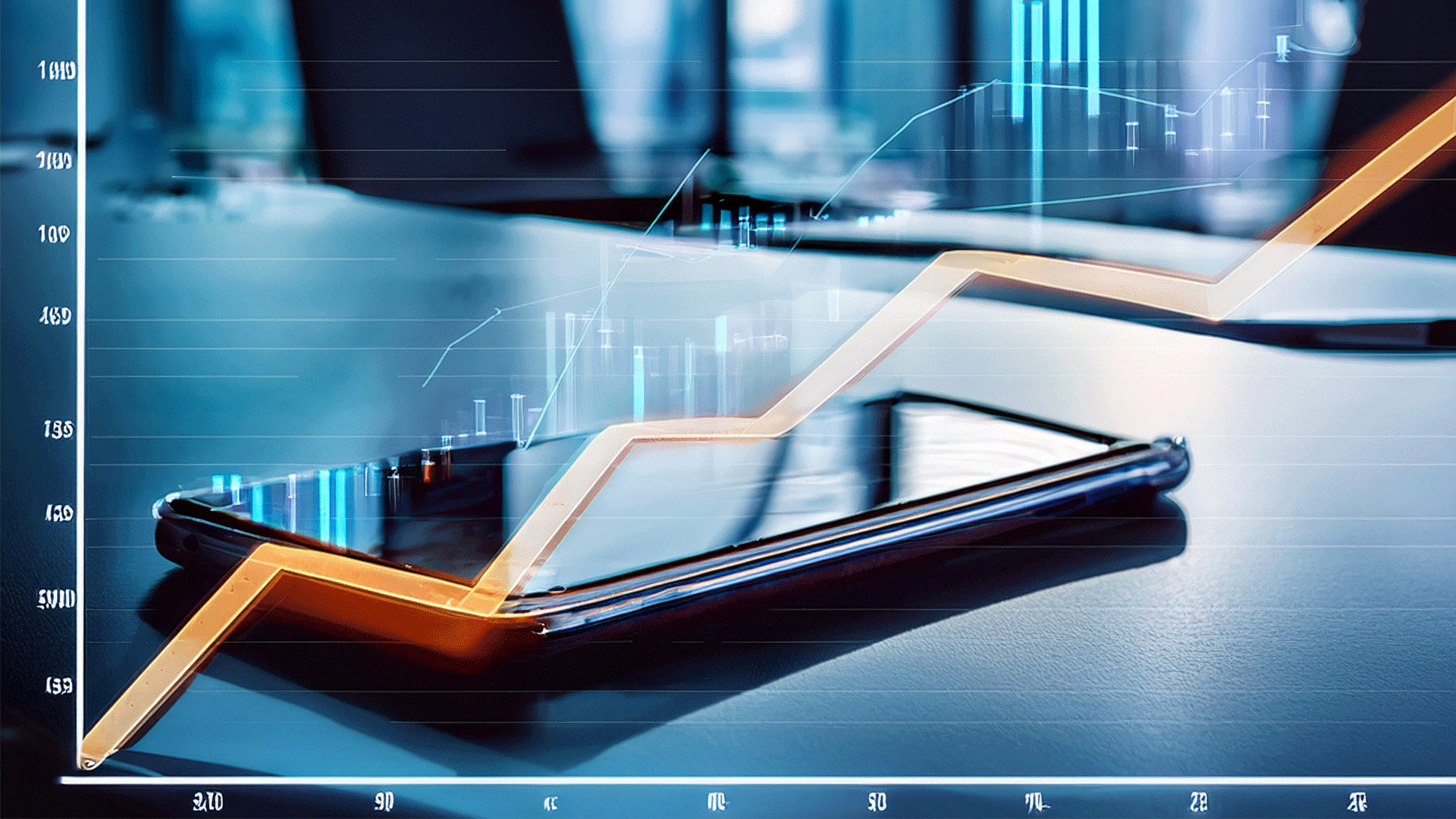
May 16, 2025
By John Jakovlic
Aftermarket Trends Drive Mobile Device Buyback Value
Mobile device lifecycle management isn’t only about deployment, security, or support—it’s also about strategic timing. For Fortune 1000 companies managing thousands (or even tens of thousands) of devices, the value locked inside aging smartphones and tablets represents a significant, often underutilized, revenue opportunity. And when it comes to extracting this value, pricing in the mobile buyback market is far from arbitrary—it's driven by a dynamic, fast-moving aftermarket.
Why the Aftermarket Dictates Pricing
The secondary market for mobile devices—domestically and globally—is the backbone of buyback pricing. Carriers, refurbishers, and distributors watch demand trends closely to set resale pricing, which directly impacts how much value you can recover from your fleet.
When a new flagship device launches (iPhone, Samsung Galaxy, or Pixel), resale demand for last-gen devices often spikes, especially in markets that prioritize affordability over novelty—but that window is short. As the newer models gain traction and the older ones age out of software support, demand (and therefore pricing) drops off sharply.
The Cost of Holding Too Long
Companies often hold devices too long under the assumption that "full utilization" equals "maximum ROI." But depreciation is real—and it arrives fast. A smartphone that’s worth $150 today could be worth $90 just three months later. The hidden cost of delayed disposition can add up to millions in lost value for enterprise-scale fleets.
What’s more—aging devices often come with higher maintenance costs, increased security risks, and reduced user productivity. So while you're squeezing more out of that phone, it may actually be costing your business far more in operational drag and opportunity loss.
Peak Performance = Peak Value
So, when is the best time to return a device for maximum buyback value?
Here’s a strategic framework based on real world trends for enterprise clients:
- Wireless Contract Analysis: Start by looking at your carrier contracts and service plans. Identify the end dates and upgrade eligibility for the devices that are out of contract. This strategy maximizes your return value on those devices before they begin to depreciate.
- 24 to 36 Months Post-Deployment: This is the sweet spot. Devices are still performing well, and aftermarket demand is high—especially for premium models.
- Avoid Post-Launch Lulls: Start your refresh/buyback process before major OEM announcements (typically Q3 for Apple and Q1 for Samsung). Once the new models drop, pricing for previous generations falls swiftly.
- Monitor Battery Life: Timing your return before battery health significantly degrades can substantially increase your recovery rate.
- Consider Global Demand Shifts: Devices with limited domestic appeal may still carry strong value in emerging markets. Partnering with a seasoned recycler who has global resale channels ensures you tap into that value.
Strategic Takeaways
- Think Like a Trader: The mobile aftermarket moves like a financial market. Timing, insight, and execution matter.
- Build a Refresh Calendar: Map out your refresh cycles around peak resale windows, not just internal budget cycles.
- Leverage Analytics: Work with a strategic partner who can provide historical pricing data and market forecasts to inform your timing.
- Actively Protect Devices: Device condition can be optimized through simple end-user accessories (such as cases and screen protectors).
Maximize Value Through Smart Timing
When it comes to mobile recycling, timing isn’t just important—it’s everything. The aftermarket isn’t a guessing game; it’s a data-driven ecosystem with clear trends and opportunities for those prepared to act. By aligning your device refresh strategy with real-time market dynamics, your organization can capture significantly more value, reduce operational friction, and fund future tech initiatives without increasing budget.
Mobile device buyback isn't just an end-of-life event—it's a strategic lever. Treat it as such, and your mobility program transforms from a cost center into a profit contributor. The window to act is narrow, but the upside is real. Don’t let timing be the reason you leave money on the table.
————————————————————————————————
e-Cycle is the trusted wireless partner for many of the largest organizations in the world. As an R2V3 certified organization, we adhere to the highest standards for environmental responsibility and worker health and safety. e-Cycle offers a simple, secure, environmentally responsible and profitable way for businesses to sell and recycle used mobile phones and tablets. Learn more at www.e-Cycle.com.
NOTE: We use cookies on this website. If you continue to access our website, we'll assume that you consent to receiving cookies in accordance with our Privacy Policy.
©2025— e-Cycle. All rights reserved.
Designated trademarks and brands are the property of their respective owners. e-Cycle is not affiliated with the manufacturers of the items available for cash buyback.